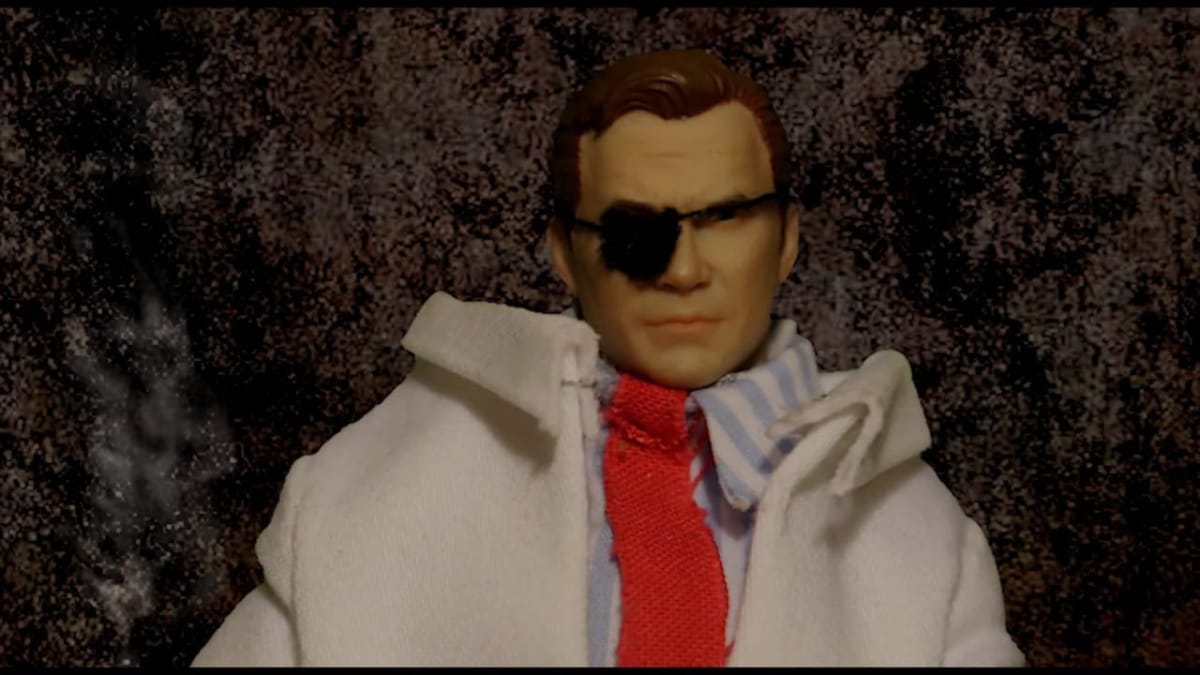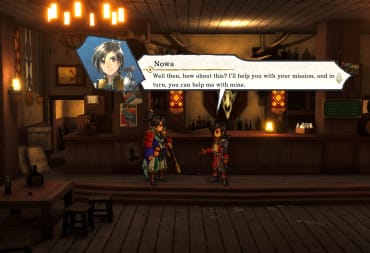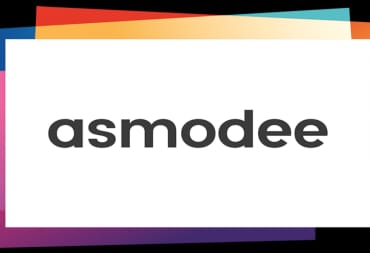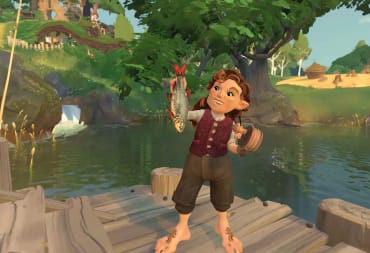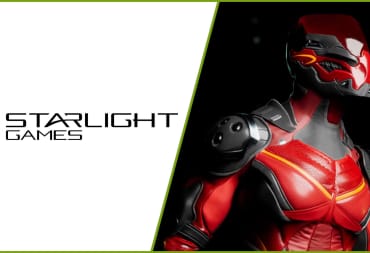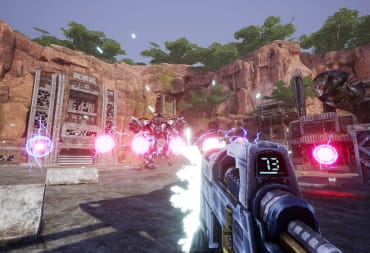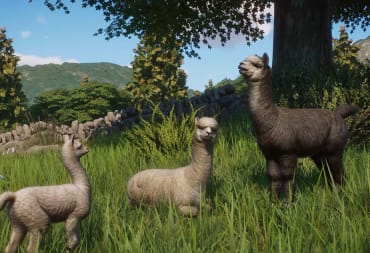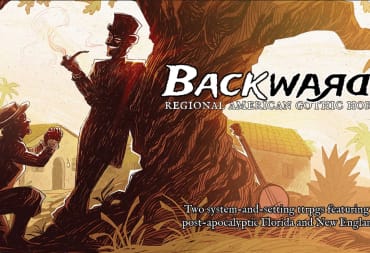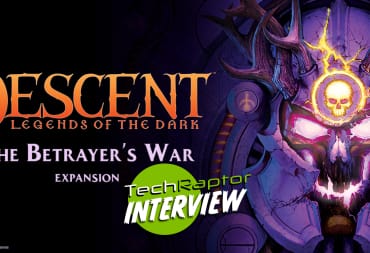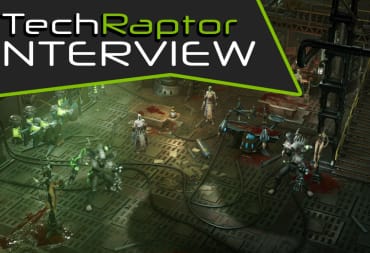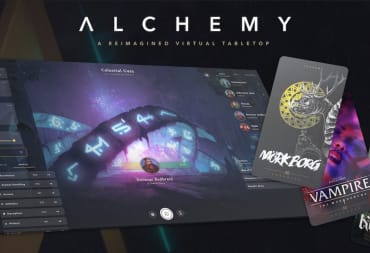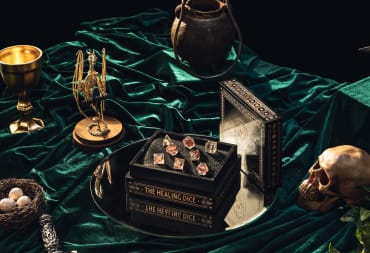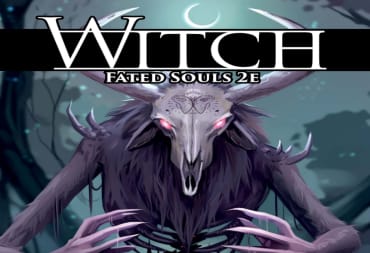The world of Pokémon has always been one of keen interest to gamers. For decades, schoolyard rumors fueled by the wild imaginations of pre-adolescents have taken a life of its own, most of which are just the pipe dreams of diehard fans, but it is was only recently where the truth has become more prominent than the fiction, and the rumors have turned into fact.
In the wake of this, several diehard fans on YouTube, nicknamed PokeTubers, have waded deep into the territory of reporting and speculation of these findings. But one PokeTuber, a relative newcomer by the name of Dr. Lava, has gone above and beyond the standard reporting of most in the space.
His channel, about a year old, had meager beginnings.
“The first few videos I made on my channel were just generally about Nintendo—like '25 Times Metroid Copied the Alien Films,' or 'Top 3 Nindies That Aren't on Switch.,'" said Dr. Lava in an exclusive interview with TechRaptor. “After five or six videos like that, I did one about the cut content of Metroid Prime. After finishing that video I realized how much more interesting it was than my previous videos, so I quickly decided I'd cover nothing but cut content from now.”
Now a year into his YouTube career, with over 20 videos posted, Dr. Lava has cultivated a small but powerful presence in the Pokémon community with his focus of cut content. This also includes a second channel dedicated to preserving different bits of restored concept art and commercials, along with a personal website, Lava Cut Content, used to archive all of his findings.
Preserving the History of Cut Content
https://www.youtube.com/watch?v=EZ3ko5HtNFw&t=2s“I just think it's interesting to see what ideas were considered for a game but didn't make the final cut—especially when those ideas got as far as being programmed into the game, then removed (or blocked off) in a game's release version," he said.
Dr. Lava’s focus on the world of Pokémon began in October 2018, where he discussed most of the cut content found in the Generation 1 games of the franchise. Much of that information has been repeated by previous sources, but what Dr. Lava hopes to do is more than just focus on cut content; he wants to make sure the content is accurate to available sources.
His most recent project has been a long undertaking in that mandate. His latest videos included finding and translating interviews involving Pokémon designer Ken Sugimori over the designs of Pokémon Black and White.
https://www.youtube.com/watch?v=bzl8yd9x8Sk
“I'm pretty proud of the recent Ken Sugimori interview translations I've been publishing recently,” he said, which saw him publish his findings on his personal website, as well as the first of two videos on his YouTube channel. “In a series [of] 2011 interviews with Japanese magazine Nintendo Dream, Sugimori explains the origins of every Gen 5 Pokemon, including information on early monster designs—like that Dwebble and Crustle were originally Furnace Pokemon with ceramic pottery for shells—and even some details about Pokemon that were scrapped entirely, like a third stage in the Petilil family. I'm still working on tracking down the rest of those interviews. It's great to be able to dig up these old Japanese magazines and finally translate them into English. I'm honestly really surprised nobody did it back in 2011 when they were first published—but nobody did, so now in 2019 I've decided to do it myself.”
These translations, first posted in May of 2019, were a tidal wave of new information about Generation 5 that was either previously rumored or never known before, including changes in game characters and their designs, Pokémon changes, and even scrapped Pokémon. The translations also gave insight as to who pushed for what designs, and even helped in shaping a timetable of when these designs were finalized.
All of this work comes from a place of passion for Dr. Lava, who has also taken to archiving rare videos and even cut content in the games for future reference. One such item is a lost event between Generations 4 and 5, the lock capsule event. Few people are believed to have completed the event, let alone documenting the process of the lock capsule event.
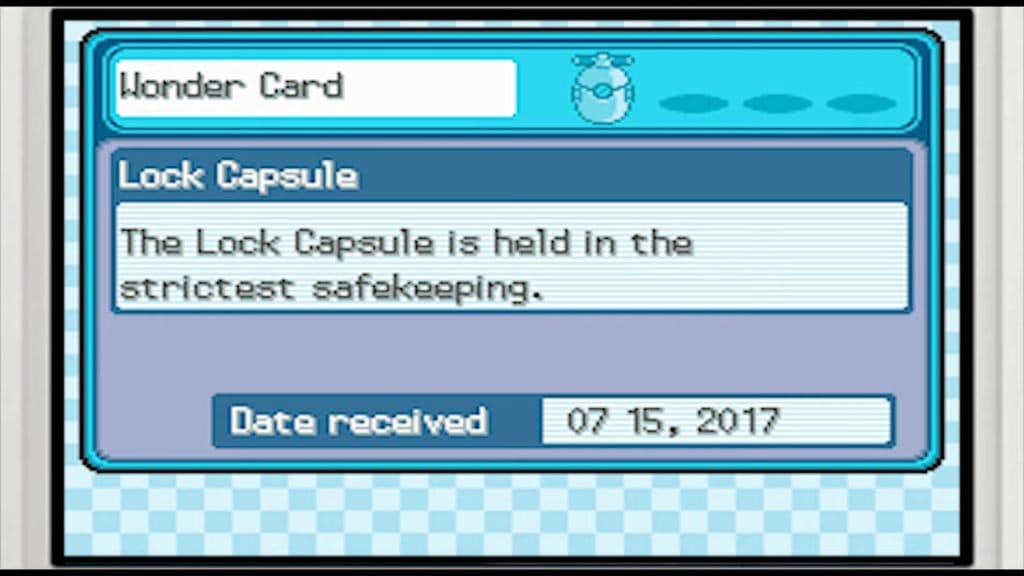
“I always make sure I have a developer quote, documented internal data, official concept art, or some other legitimate source material for every fact I use in my videos. But honestly, it's not a very good strategy from a business perspective," he admits.
Much like the schoolyards of old, Poketubers quickly generate content—sometimes once or twice a day—by posting rumors and misinformation that circulate over the internet from sites such as 4chan, Reddit and even Twitter. Other problems are old rumors and misinformation that have become mythologized into facts.
One example is the design of Tyranitar, famously seen in a piece of art made by Sugimori for the MicroGroup Game Review Magazine in 1997. Further research, such as the leaking of the Spaceworld 97 demo and translations of interviews with Sugimori himself in that same magazine, have revealed that the cover made for MicroGroup were just original designs not intended for the games, but later used by Sugimori after being redesigned.
The Importance of Checking Facts
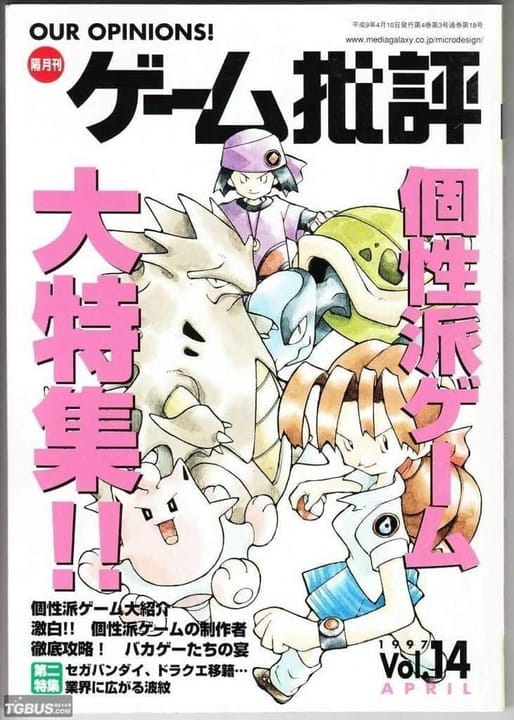
For years, it was believed that this was an obvious beta version of Tyranitar, a widely held belief still to this day. The context of its existence, however, changes the perceptions of what the development process of Pokémon Gold, and the Pokémon franchise, really are.
“There are other channels or websites that regularly present unsourced information as facts—they don't take the time to hunt down sources or fact-check their information,"Dr. Lava said. “And they're able to create a lot more videos/articles that way, and oftentimes with facts that are even more interesting than what I present in my videos or on my website. It just so happens that a lot of the facts they present are just baseless rumors.”
The fact-checking process, Dr. Lava admits, is a long and arduous one.
“First I had to track down transcriptions, scans, or physical magazines containing the original Japanese interviews,” he said, discussing the process behind the translation and preservation of the Nintendo Dream articles. “Translating the interviews and commissioning original artwork cost a few hundred dollars—I won't even get into the equipment costs like my recording setup. Once the translations and art are submitted, there's a lot of time spent double- and triple-checking key phrases to make sure they're accurate, and revising the art to make sure it matches Sugimori's descriptions as accurately as possible. Then I write commentary for the translations, as well as the script for the video.”
All total, it would take over 100 hours to produce one 10- to 20-minute video, one that costs Dr. Lava not only time, but personally funded through his own expenses and the help of various translators, artists and more to complete a high-quality video.
“Fortunately I've got about 30 Patreon supporters who help fund this kind of work, which right now helps get me somewhere around the break-even point. Though I hope to one day be able to make a living from this kind of work—I live in China, so if I were able to net about $1,000 a month from YouTube ads and Patreon pledges together, I could continue with these kinds of projects for years to come.”
All the Work, None of the Credit
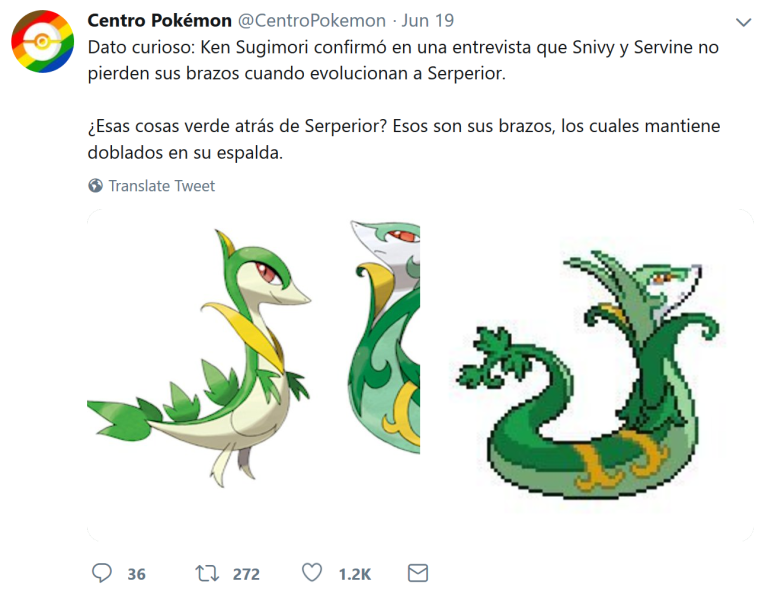
One of the more problematic issues facing Dr. Lava’s preservation efforts would be the poaching done by other sites. A blog post on his personal web page candidly names several major websites, such as the Spanish-language CPokemon.com and AnimeNewsNetwork.com, that have reported his findings without giving credit.
“They ended up sucking up a lot of the views, revenue, and credibility," he said.
This is not an unusual problem either, as it plagues the work done by many researchers and historians who work hard to accurately preserve and research information properly. Larger sites and even other YouTubers, by virtue of getting clicks, tend to not give credit to their primary sources.
“I imagine they're fully aware of that fact as they're copying and pasting,” said Dr. Lava. “I've spoken with other video game translators who have had the same experience—most notably PushDustin, the founder of Source Gaming, a large Smash Bros. website. He told me he stopped doing these sorts of translation projects over this exact same issue, and I imagine there are many others who have had the same experience.”
These problems also compound with the realities of being on YouTube, where Dr. Lava was told he needs to hit around 1,000 subscribers and 4,000 hours of watch time for his channel to be monetized. It would take nine months, from October 2018 to July 2019, for that process to be approved. Though monetization on his channel helps, the bigger problem, ultimately, will be the impact his content has on consumers.
https://twitter.com/DrLavaYT/status/1162750612313763840
“I love the work I do, but eventually I'll come to a point where I just can't continue. I've got about 28,000 YouTube subscribers, and about 30 of them pledge $5-20 a month to support my work. And I greatly appreciate their generosity—I really can't stress that point enough," he said. "Not only is the financial support absolutely necessary in order to continue, but knowing that folks care enough about this content to chip in a few bucks a month provides some personal reassurance as well—these people actually do care.”
The efforts for preservation, ultimately, become a passion project that needs to be supported by fans and consumers alike. For Pokémon fans, the new information found by Poketubers like Dr. Lava shape our understanding of the game even more, and it further helps in shaping the Pokémon community over the content that many thought was previously lost.
“All the lost Pokémon in Generations 1-5, the hookshot in Breath of the Wild, more underwater Hyrule areas in Wind Waker, scrapped bosses in Metroid Prime... it's sort of bittersweet to consider how things games could have been even better if only they had more time or money to spend on development," he admits. “A small part of me hopes that someday these games will get re-released with some of that content added back in. That's probably too much to hope for, but a doctor can dream can't he?”
Update 1: Helix Chamber has rightfully pointed out that websites such as Bulbapedia have changed information to reflect the findings and research done by groups over the past few years. A link to them was removed from this article because it implied that Bulbapedia was inaccurate.
Update 2: Dr. Lava sent in a statement after publication where he credits the other hard-working members of the community. You can find it below.
"I'd like to recommend some folks to your readers who also work hard to record Pokémon history. Helix Chamber is a team who have been documenting Gen 1 beta content since before I even started, and I use them almost daily as a source. They're not just a source, but they've helped me out with stuff like video enhancement, and their work has been a personal inspiration to me. Team Spaceworld—the folks who dug through the leaked 1997 Gold and Silver demo ROM—deserve a lot of thanks as well. I talk a lot about Spaceworld on Twitter, and all the SW stuff is thanks to their hard work. I especially want to thanks TSW member Obskyr, who's personally helped me out and provided me with resources and information in recent weeks. Bulbapedia moderator SnorlaxMonster has also been great, and Plague Von Karma's blog was particularly enlightening when it came to information about the April 1997 issue of MicroGroup game review—the one with the early Tyranitar on the cover. I do original work—like my recent Sugimori translations—but a lot of the stuff I talk about is stuff where all the credit should really be given to these folks. I really recommend checking them all out if you're into pre-release Pokémon content, especially Helix Chamber."
If fans want to check out more content from Dr. Lava, be sure to check out his YouTube channels and his website for more information. Those interested in following more of Dr. Lava's work should also check out his Patreon page and his Twitter account as well.
Have a tip, or want to point out something we missed? Leave a Comment or e-mail us at tips@techraptor.net
